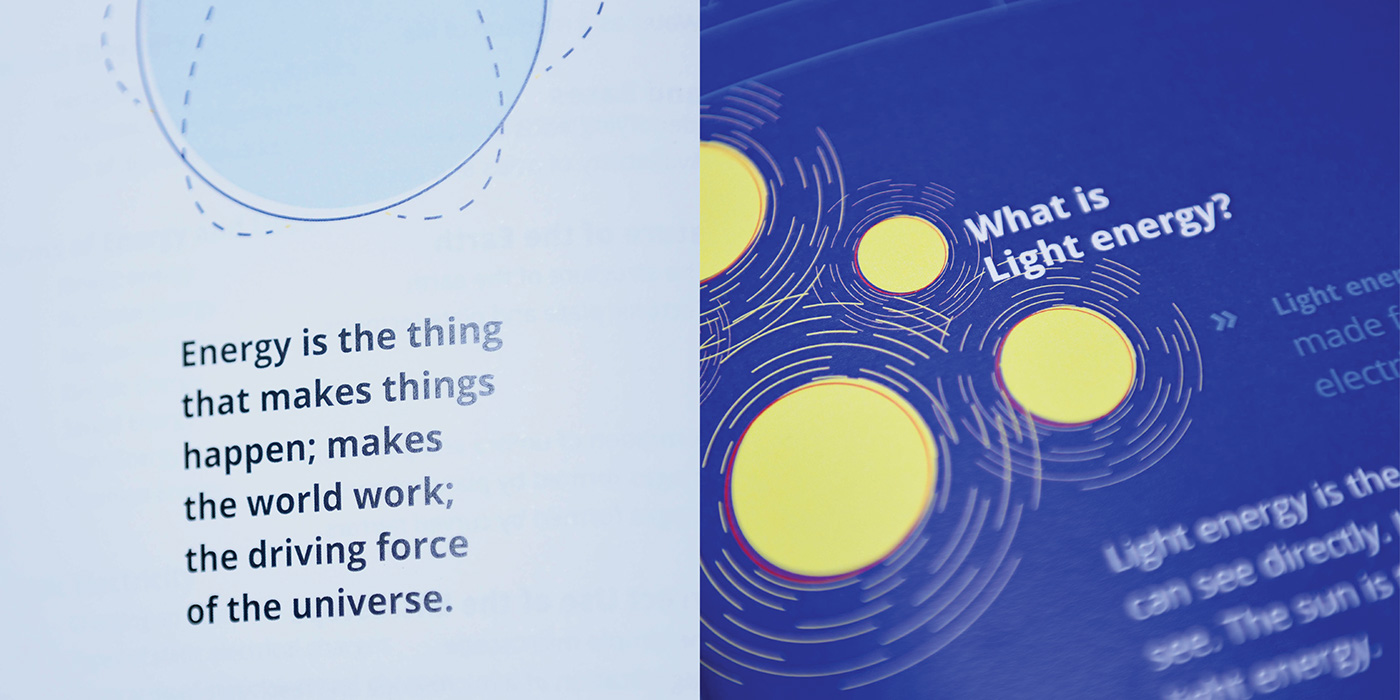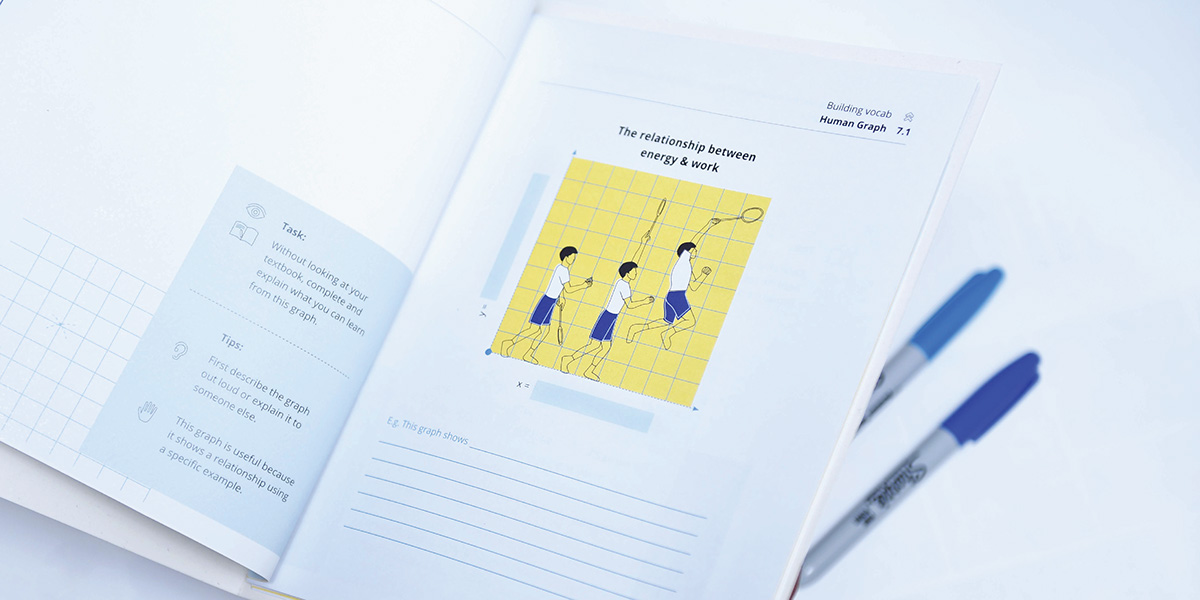
What is the Issue?
Sri Lanka’s basic literacy rate, at 92%, is very impressive. We have a free education and it’s great.
It makes it easy to forget the large number of students who drop out of school. The reality is that most students who drop out are between the ages of 5 and 14. In some areas, the dropout rate
is as high as 90%. That is too many students who do not feel as they are benefiting from,
and are loosing interest and trust in the school system. Success seems out of reach. Even their parents are helpless.
Sri Lanka’s basic literacy rate, at 92%, is very impressive. We have a free education and it’s great.
It makes it easy to forget the large number of students who drop out of school. The reality is that most students who drop out are between the ages of 5 and 14. In some areas, the dropout rate
is as high as 90%. That is too many students who do not feel as they are benefiting from,
and are loosing interest and trust in the school system. Success seems out of reach. Even their parents are helpless.

Is there a solution?
Students should feel they have a choice on how to learn, in ways they understand. It is this very lack of choice that leads them to drop out.
Students should feel they have a choice on how to learn, in ways they understand. It is this very lack of choice that leads them to drop out.
You cannot fit the world into a textbook. There are many paths to arrive at learning, and the textbook is merely a starting point. Unfortunately, due to a prevailing lack of resources, textbooks are teachers’ main source for generating lesson content. So, at the very least, if textbooks could provide greater choice through its design, to cater to students of different learning styles and abilities, they would not be compelled to denounce learning.
Concept: Visualizing Choice
The idea that underlies the redesigned textbook system is visualizing the diversity of choice in learning, just as there are students with diverse needs. There are always choices in how one teaches or how one learns. The redesigned textbooks attempts to make these choices tangible in a visual way. Subsequently, it demonstrates how different types of students can be accommodated within the classroom.
The idea that underlies the redesigned textbook system is visualizing the diversity of choice in learning, just as there are students with diverse needs. There are always choices in how one teaches or how one learns. The redesigned textbooks attempts to make these choices tangible in a visual way. Subsequently, it demonstrates how different types of students can be accommodated within the classroom.



Search is a system that manifests as textbooks and task books, to encourage students
to search for answers in different ways.
to search for answers in different ways.

The textbook introduces the student to the content.


(Left) Detailing of cover; gold foiled subject title. (Right) The typefaces used have been chosen for their legibility. The large point size of the type benefits students who are less proficient in reading, as it increases their perceived ability to access challenging or unfamiliar texts.


(Left) The chapter starts with a "Big Idea" which consists of an iconic image and sentence which captures the nature of the topic. Everything the student learns within the chapter can be connected back to it. (Right) Each lesson starts with a question, to promote dialogue between the teacher and the student.
The second row of the tabular header indicates when there are tasks available in the task booklet related to a particular lesson.

Tabular header, with second row indicating activities available for a particular lesson.
The Task Booklet









In the task booklet, the tasks and learning outcomes are essentially the same, but instructional prompts are tailored as much as possible to different learning styles. This is so that students can access/engage with activities in ways relevant to them. For example, during experiments, students conduct the same experiment but are able to record observations in ways suitable to their learning style (as seen above).

Promoting the Search system of learning to educators
Credits -
Julina (Female student)
Kevin (Male student)
Janith Lekamwasam for shooting the video
Yashodâ Suriyapperuma for helping me edit the video
Julina (Female student)
Kevin (Male student)
Janith Lekamwasam for shooting the video
Yashodâ Suriyapperuma for helping me edit the video





